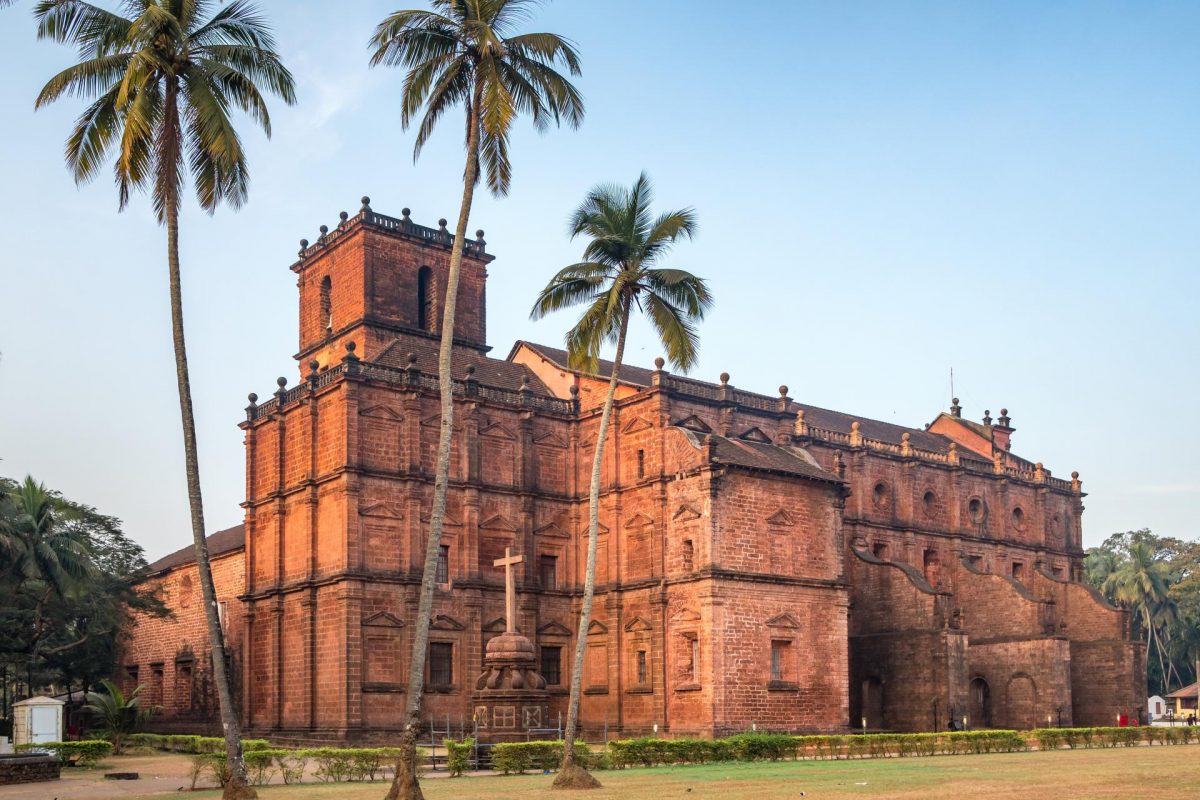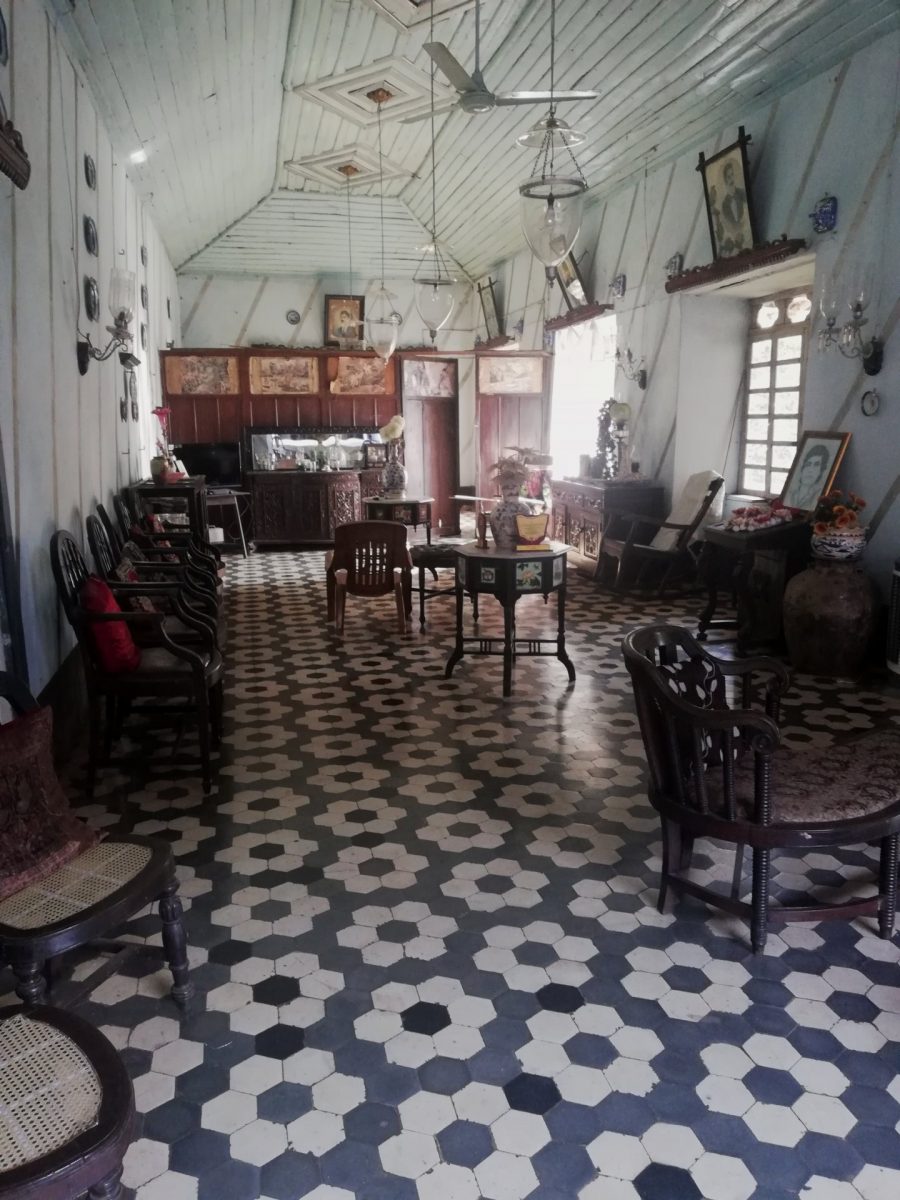Goa is not just the sea, beaches, crowds of downshifters and ex-hippies. The smallest state in India has memories of its colonial past, which lives in the names of local residents and surviving architectural monuments.
The colonisation of Indian territories by Europeans began with Goa. The first were the Portuguese – in the early 16th century, shortly after Vasco da Gama had reached India, a Portuguese colony was established there to serve as a base for reaching deep into the continent. In 1517 Franciscan missionaries arrived in Goa, and by the middle of the century the Jesuits had arrived. Francis Xaverius, one of the founders of the Society of Jesus (Jesuits), became a patron saint of Goa; there was created an inquisition for accelerated conversion of local residents to Christianity in 1560.
The colonists actively settled new lands, sparing no expense for the construction of cities. Churches, residential buildings, administrative buildings, and the general urban layout were built in the tradition of Portuguese architecture. Portugal held Goa for about 450 years until the enclave was transferred to India in 1961, making it its state in 1987 and beginning its Indianization.
In general, the campaign was successful – the number of Catholics greatly decreased, the Goans completely forgot the Portuguese language. But the past makes itself felt: many indigenous people continue to have «colonial» surnames – Silva, Nunies, Menezes and others. And Goa remains a reserve of ancient Portuguese architecture in addition to its beach tourist glory. Ancient Old Goa, capital Panjim (Panaji), shopping Margao – here still preserved impressive monuments of the leaving colonial culture even in a rundown form.
Tired of the sea and the sun, tourists come to Old Goa, which was the first capital of Portuguese India. Se Cathedral, Basilica Bom Jesus built in the first years of the 17th century, photographed all tourists. And, of course, everyone walked the streets of Panjim. But not everyone knows about the treasures that hide behind the walls of old estates, standing aside from the popular routes.
Goan style
Southern Goa can claim the title of the only place in India, where the estates of the XVII-XVIII centuries are in the ownership of descendants of almost the first owners. The most famous and best preserved of these estates are the houses of the families of Braganza, Figueiredo, Fernandes and Araujo Alvares, which are often called «Portuguese». You will experience a kind of cognitive dissonance by getting inside and becoming acquainted with the owners: the heirs of old and influential surnames are not like Europeans. The reason is the colonial history of Goa, when members of the Brahman elite and wealthy landowners under pressure or voluntarily converted to Christianity, receiving as a bonus a new name. They built and reconstructed their luxurious Indo-European houses with elements of traditional design from local layout, mangalore shingles and wood, decorating the interiors with Belgian mirrors and crystal chandeliers, porcelain from China and Macau, European and Indian carved furniture.
All this eclecticism, called «Goan style», looks very expressive. But the most impressive thing is that in these houses-museums, among the valuable works of decorative and applied art, for centuries live people for whom all this wealth – just family heirlooms.
Braganza House, Chandor
The best example of the Goan style is the 120m long 17th-century two-storey house that the Braganza family built after receiving land from the King of Portugal. Now it is almost a huge duplex: the house was divided into two parts after it was inherited by two sisters. Descendants do not get along and every time try to intercept each other wandering here tourists. Both wings (Pereira Braganza and Menezes Braganza) are open to the public, who are interested to learn about the life of the rich Goans in the years of Portuguese rule and see the collections of antique furniture, porcelain, crystal. In the chapel of Braganza Pereira is kept the nail of Saint Francis, which owners are very proud of.

The Fernandes House, Chandor
It is also called Woddle Gor (translated as the Big House), or the house of Sara Fernandes, named after the last head of the family. After her recent death, one of her three sons, Rajiv, lives alone in her family unit. Apparently, it is very difficult for him to keep this 500-year-old historical mansion with 25 living rooms, a ballroom, a huge dining room and even some kind of shelter in the event of an attack: in the turbulent old time in the semi basement premise in a powerful wall was made narrow, exactly for the rifle barrel, holes-loopholes through which the inhabitants could fight off the uninvited guests. Friendly Rajiv gladly leads the guests around the house, tells about the Goan tradition of «glazing» windows with oyster shells, shows an ancient Portuguese porcelain baby bath, opens hidden cupboards, where old documents and faded photos of ancestors are kept.
The Figueiredo House, Loutolim
The owners of the house like to say that it was built in 1590 and therefore older than even the Taj Mahal by a few decades. What’s left there since the 16th century is now quite difficult to determine. It is known that the mansion was designed by Jesuit monks for the Goan Podiar family, who took the surname Figueiredo. Last year, Maria de Lourdes Figueiredo de Albuquerque died, and she became famous in the 1960s as a member of the Portuguese Parliament under then dictator Antonio de Salazar.
The luxurious interiors of the house contrast with the natural beauty of the rice fields and coconut palms. In the annex of the XVIII century (it is called the New House) there is a small, very comfortable hotel with modern, but aged in Goan style rooms.
The Araujo Alvares House, Loutolim
The first owner, Efimiano Araujo Alvares, was a famous local lawyer in the 18th century. In our time, descendants created a museum complex here.
Every room in the house is preserved in its original form. For example, you can go into the kitchen and see what it looked like centuries ago. The lawyer’s office has a desk with secret drawers and a collection of vintage smoking pipes. One of the rooms is dedicated to the collection of about a thousand images of the elephant-headed Hindu deity Ganesha. In another room there is a collection of about one hundred Christian icons. The house has many household items: vessels of various shapes, kitchen utensils and agricultural items.
Photo: 123rf.com, shutterstock.com, dreamstime.com, buildgrounded.com, figueiredohouse.com, traveladventuresgoa.com



















